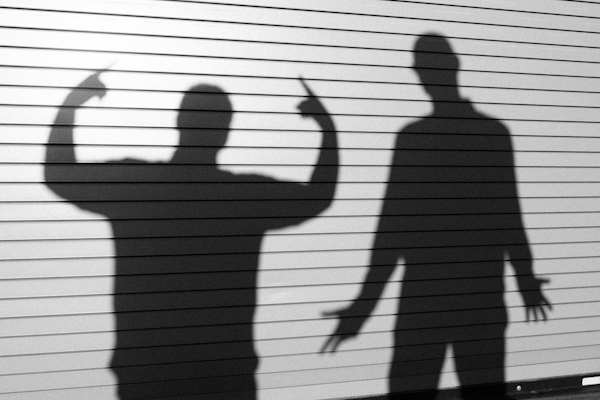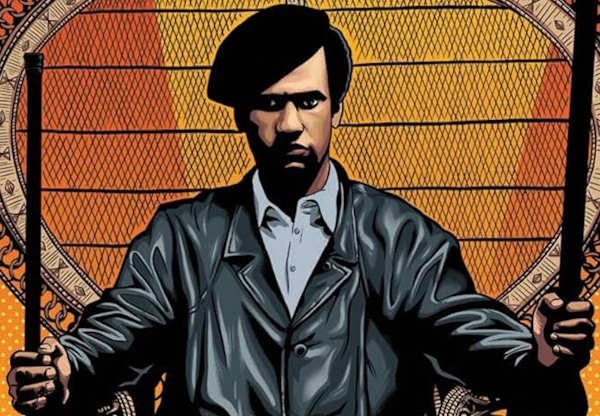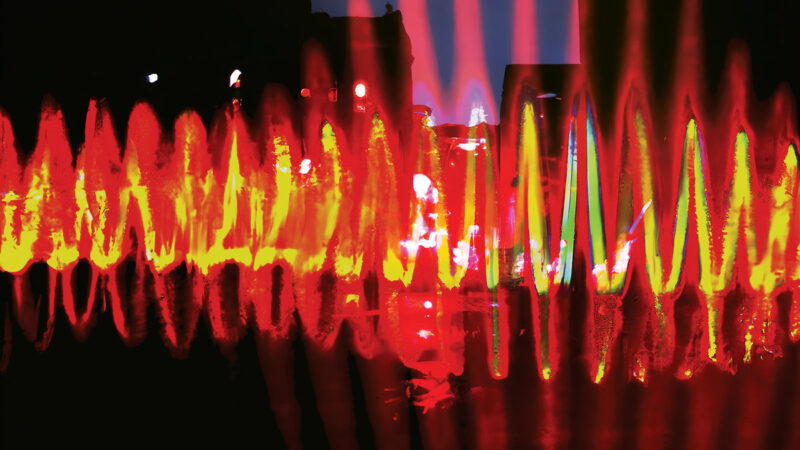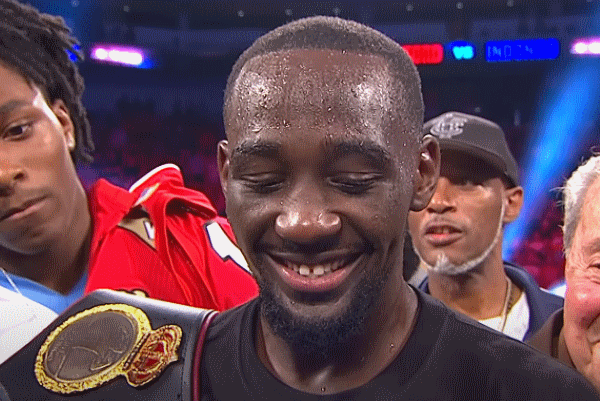At the close of the 1970’s, America’s love affair with cocaine was still going strong, but, its love affair with Hip-Hop was just beginning. Both relationships would flourish throughout the 1980’s. It was the Reagan Era. The “Great Communicator ushered in a new age of prosperity, or so the story goes. In reality, the rich got richer and the poor were left to fend for themselves.
Cocaine was cast as an ever worsening threat to the very fabric of American life; a perception would intensify with the emergence of crack, which would profoundly impact both the style and the content of rap music.
It’s hard to pinpoint exactly when and where the crack epidemic started. Reports widely vary. Gary Webb’s infamous Dark Alliance series of articles claim that it all started in South Central Los Angeles circa 1984. “Freeway” Ricky Ross and Oscar Danilo Blandon are named as the main culprits, with the complicity of the CIA. However, coca paste smoking epidemics had already occurred in both Peru and the Bahamas during the 1970’s. Crack users in Miami claim to have known of the drug since at least 1982. That same year, Dominican drug dealers from the Washington Heights section of New York City developed an early prototype for Crack known as “comeback,” a safer, preferable alternative to freebasing.
Whatever its origins, crack was a major concern for the LAPD by late 1984. It would soon be a national issue. The press made it seem as though crack permeated every facet of American life. In reality, its effects were concentrated on certain areas and communities. The Northeastern United states was hit particularly hard. Cocaine became accessible to the lower and middle classes. Dealers no longer had to court upper-class (i.e White) clientage. Neighborhood junkies began to prefer a pull off a crack pipe to a shot of heroin.
Gang warfare in Los Angeles began to escalate. The Bloods and Crips had been warring since 1972. The influx of crack money in the early 80’s gave them access to automatic weaponry. They soon began to resemble armed militias instead of street gangs. It also allowed more enterprising gangbangers to move on to greener pastures. Crips that made it big in the crack trade became known as “High Rollers,” Bloods as “Ballers.” They became targets for kidnapping and ransom, often by fellow gang members.
The impact of the crack game could first be seen in Hip-Hop fashion. From the late 70’s and into the early 1980’s, rappers wore some rather outlandish getups when performing. Their outfits reflected the influence of the punk scene, as well as that of P-Funk. Run D.M.C changed all of that by emulating the fashion tastes of Queens street hustlers. Stetson hats, thick rope chains, Levi’s 501 jeans and shell toe Adidas represented a new rapper aesthetic.
Eventually, the content of the music began to reflect the underworld renaissance. In 1982, Grandmaster Flash & The Furious Five released “The Message,” which put “conscious” rap on the map. Melle Mel’s stark imagery while both stunning and tragic, only scratched the surface of how shocking rap music could be. A year later (sans Grandmaster Flash) The Furious Five released the seemingly anti-cocaine anthem “White Lines (Don’t Do it).” According to the book Last Night a DJ Saved My Life: The History of the Disc Jockey, it was originally a celebration of the drug. The words “don’t do it” were added to the chorus to ensure radio play.
 “The Message” had a profound impact on an Oakland youth named Todd Shaw, who had taken on the rap moniker Too $hort. Without a west coast rapper to model himself after, Shaw sought inspiration from the likes of Spoonie G and Melle Mel. He wrote “dirty raps” that humorously (and explicitly) focused on his sexual exploits. That approach made his homemade underground tapes a sensation throughout Oakland in the early 1980’s. “The Message” Inspired him to dabble in social commentary. An early example was his 1985 recording “Coke Dealers”:
“The Message” had a profound impact on an Oakland youth named Todd Shaw, who had taken on the rap moniker Too $hort. Without a west coast rapper to model himself after, Shaw sought inspiration from the likes of Spoonie G and Melle Mel. He wrote “dirty raps” that humorously (and explicitly) focused on his sexual exploits. That approach made his homemade underground tapes a sensation throughout Oakland in the early 1980’s. “The Message” Inspired him to dabble in social commentary. An early example was his 1985 recording “Coke Dealers”:
Now.. I come from the Oakland town/Task force roll and rock, cold cracked down/Young brothers my age making dollars so long/Drive a brand new Benz with a cellular phone/See him draped in gold, we call him Big Bank Bob/Got a ring for each finger and he can’t get a job/Call him trash, he supplies for the dopefiend’s tweak/But what you make in a year he might make in a week
Back east, big things were brewing in Philly. In 1985, rap legend Schoolly D released “P.S.K. What Does It Mean?” The song title was deceptively clever. The acronym P.S.K was actually a reference to the Park Side Killers, a Philadelphia gang that Schoolly was a part of. The song itself contained casual references to drug use. Schoolly not only toted guns, but shamelessly partook of cheap hookers. It also contained the one of the first utterances of “nigga” in a rap song. The B-Side, “Gucci Time,” covered similar ground.
1986 could be considered the official birth year of gangsta rap, as artists from all over the country began to follow Schoolly D’s example. Some did so directly and intentionally, which was certainly the case with Tracy Marrow. Marrow moved to Los Angeles from New Jersey as a young child. By early adulthood, he was also a professional thief and former pimp with affiliations to the West Side Rollin 30s Original Harlem Crips. Fatherhood inspired him to take a different path in life. While in the military, he became enamored with Hip-Hop. An avid reader of Iceberg Slim, he took on the stage name of Ice-T. “P.S.K” emboldened him, and became the impetus for his breakthrough record. Released in 1986, “6 in the Mornin’” played like a longer and more detailed version of “P.S.K.” It upped the ante with actual gunplay, and violence against women. Marrow didn’t realize it, but he’d started an avalanche.
Meanwhile, in the city of Compton, a Kelly Park Crip named Eric “Eazy-E” Wright was getting his own record label off the ground. He had number of artists at his disposal, one of which was a group of NY transplants called H.B.O. Wright commissioned another rapper named Ice Cube to write a song for them. The group balked at the lyrical content, considering it too west coast. Upon insistence from Ice Cube and others, Wright performed the song himself. The result was “Boyz-n-the-Hood.” It took the structure of “P.S.K” and “6 in the Mornin’” to another level. The hook contained profanity. The song’s imagery had liberal doses of L.A. culture, like 64 Impalas and Alpine sound systems. Crack heads stole said sound systems and were dealt with accordingly. Felons were violently sprung from courtroom hearings. It was a virtual horror show, but Dr. Dre’s emulation of Rick Rubin’s, “slow and low” sound, coupled with Wright’s delivery, made it irresistible.
Speaking of Rick Rubin, that same year, he broke new ground yet again. He and Russell Simmons did the impossible by making stars out of a trio of white rappers. The Beastie Boys were a hardcore punk group with an affinity for Hip-Hop, and Licensed to Ill made them household names. Though broadly comedic, the lyrics and themes reveled in criminality. On the album, the Beasties smoked dust, rolled “woolies,” got drunk, engaged in armed robberies, and mistreated women.
In the borough of the Bronx, a duo by the name of Boogie Down Productions would up the ante further still. Their classic diss record “South Bronx,” put them on the map. However, the B-side contains an overlooked gem: the original version of ‘The “P” Is Free.” Those who are only familiar with the remixed version will find it quite shocking. It’s nothing like what anyone would expect from the “conscious” version of KRS-1 that we know today:
While BDP were extolling the sexual benefits of crack, Just-Ice was laying down a new blueprint for hardcore Hip-Hop. An ardent member of the nation of Gods and Earths, Just-Ice was intimidation personified. He took pleasure in the fear he inspired among his peers. He dubbed himself the “Gangster of Hip-Hop” well before such proclamations became the norm. He also had no qualms about cursing on his records, radio play be damned.
Ultimately, many of the songs mentioned here offered a prelude to what would widely come to be known as “Gangsta Rap.” In the latter part of the 1980’s, it would become more pronounced and infinitely more popular. Melle Mel, Too $hort, Schoolly D, Ice-T, Boogie Down Productions, Eazy-E and N.W.A, The Beastie Boys, and Just-Ice laid the groundwork for gangster music. In its own way, it would be just as revolutionary and devastating as the crack trade. It would also be treated similarly by the press, who would paint it as the scourge of humanity.
Follow Malice Intended on Twitter @ http://twitter.com/renaissance1977
Follow Us on Twitter @ http://twitter.com/planetill
Join Us on the Planet Ill Facebook Group for more discussion
Follow us on Networked Blog






